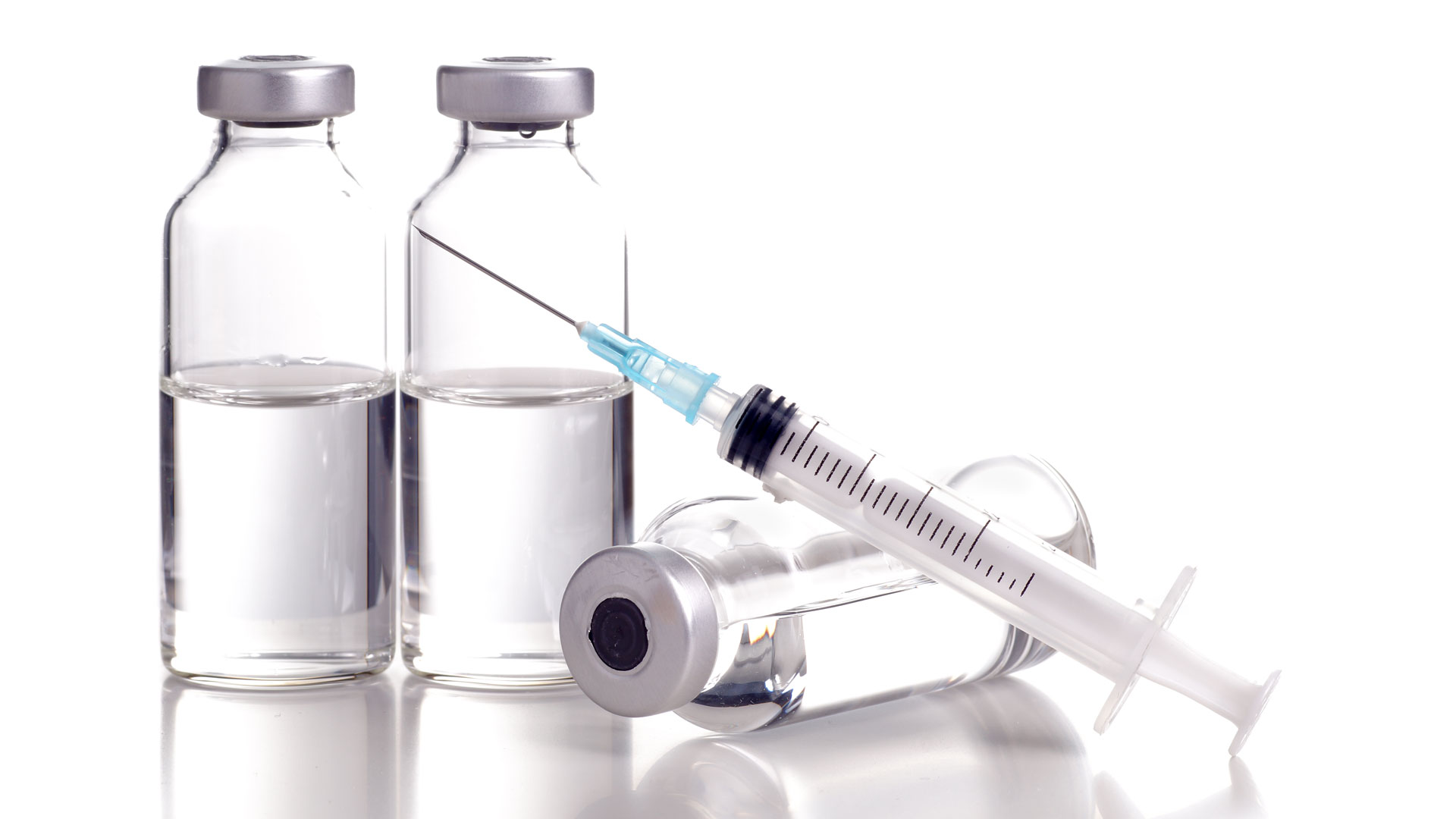31 Aug How Long Does Fentanyl Stay In Your System?
Table of Content
How long does fentanyl stay in your system? Fentanyl is a highly potent pain reliever that is quickly becoming infamous for its integration into street drugs and has been linked to a sharp increase in drug overdoses. Its effects don’t last long, so it is primarily used to treat patients for any severe pain which may occur after undergoing surgery. It is also sometimes used to treat patients with chronic pain who are physically tolerant to other prescription opioids. Usually, in these scenarios, a person has already been prescribed other pain management medication but has pain that’s not being alleviated by it. This is when fentanyl is typically prescribed.
Fentanyl comes in many unique forms: lollipop, patch, pill, or a small piece of film meant to be dissolved under the tongue. When administered in a hospital setting, the drug can also be injected. For anyone who decides to use the drug without a prescription or medical supervision, it can be highly dangerous and could lead to an opioid overdose. Due to the potency of Fentanyl, the dosage given for therapeutic reasons is not that much different than a fatal overdose amount.

The half-life of Fentanyl means the same thing as other drugs. It’s the amount of time that determines how long the drug will stay in the system after the final dose. One of the biggest factors affecting this timeline is the medium through which the drug was ingested. Fentanyl would clear the system faster if it were administered intravenously as compared to being administered through a Fentanyl patch.
How long does fentanyl last? Fentanyl administered through the veins has a half-life of approximately 2 to 4 hours, which means it will take 11 to 22 hours before it is eliminated. When the drug is ingested through a patch or lozenge, the half-life is approximately 7 hours, which results in a clearance time of 1.6 days after the final dosage.
Although fentanyl would be eliminated more quickly if administered by injection, all time spans are estimations and based on different variables.
What Influences How Long Fentanyl Stays in the System?
The timeline varies from person to person with regards to how long fentanyl will stay in the system. It’s due to how the body can process, metabolize, and eliminate the drug. A person’s age is one interesting factor. Research has shown fentanyl tends to hang around longer in elderly users than that of younger adults because of how the body changes as we age.
Liver enzymes are responsible for breaking down fentanyl. If it is not functioning well or is functioning more slowly due to infection or disease, it will not be able to metabolize the drug as quickly. The same concept applies for anyone who already suffers from health issues like a weak immune system or poorly functioning organs. When the body is already in a state of distress, it will take longer for it to break down the drugs for elimination from the system.
Weight is also a significant factor. Fentanyl is lipophilic, which means it is soluble in fat tissues. Therefore, obese individuals will retain the drug longer than those at a lesser weight. People who have a low body fat percentage have less mass for the drug to be distributed and will be able to eliminate the drug quicker.
If a person is abusing fentanyl and is taking large doses at high frequencies, this will affect how long the drug will linger in the system as well. Since it will begin to accumulate in the tissues, it will take longer for the drug to work its way out of the system if being replenished on a frequent basis.
Any combination of these factors will end up with a different result. The timeline is altered, too, if a person is simultaneously taking other drugs, as is often the case.

Drug Testing for Fentanyl
How long does fentanyl stay in your urine? Four kinds of drug tests can be performed to track Fentanyl in the system: urine testing, hair follicle testing, saliva testing, and blood testing. A urine sample is always the most common form of drug testing to detect illegal narcotics. Not only is it the least invasive, but urine drug tests are also inexpensive.
However, with fentanyl, some users excrete the drug rather quickly, which means it may not be traceable even within 24 hours of use. In other cases, it can be detected up to 4 days after use. For someone who is abusing the drug, it will more likely be traced because it will be detected within the tissues.
Saliva samples can also be tested for the presence of Fentanyl. Although the methods for this type of testing has improved over the years, it still doesn’t provide as accurate a read as urine tests and does not have a long window of detection.
Blood and hair tests may still be used once in a while, but due to their shortened windows of traceability and inconvenience of sampling, it’s not the commonly used method for fentanyl testing.
People concerned with how long a particular drug stays in the system may be worried about failing their drug test. Drug testing typically occurs when a person is entering a rehabilitation facility, has been arrested, or in some instances, they’re necessary for employee verification.
Signs of Fentanyl Abuse
If you are worried someone you know is abusing fentanyl or another opioid pain medication, there are signs to watch out for which are similar to those of any other opioid side effects. Like other opiates, the main symptoms of fentanyl substance abuse include lethargy, drowsiness, and feelings of euphoria. Different people will have varied reactions to the drug depending on their level of health and intake of other illicit substances. Common side effects include:
- Dizziness
- Dry mouth
- Itching
- Nausea and vomiting
- Low blood pressure
- Severe constipation
- Shaking
- Fast heart rate
- Difficulty sleeping
- Respiratory issues
- Depression
Someone who is abusing the drug may experience one or all of these symptoms. It affects the body physically, emotionally, and psychologically. The drug causes a user to create a tolerance to higher doses, which can more easily lead to abuse and addiction. A dose adequate for the high one week will most likely not create the same feeling a few days later; more of the drug will need to be ingested to get the same high. This leads to drug dependency and ultimately, addiction. Fentanyl addiction can put a person’s job, relationships, and life at risk.
Many individuals who have become addicted to drugs will continue using because they fear the pain of withdrawal symptoms and possible long-term effects. Although these symptoms are known to be severe and uncomfortable for several days, it is nothing compared to the lifetime of side effects and damage fentanyl and other drugs can do to the body.

Seeking Help for Fentanyl Addiction
Once a person has become addicted to drugs, their body does not react in the same way as before. It requires the drug to function “normally” because it has been conditioned to crave the drug. This is how drug abuse begins to take over a person’s life.
There are certain opioids, such as fentanyl, that if not monitored or used correctly, can have detrimental results. When a person decides to use drugs in a way that was not intended for them or exceeds doses beyond their prescription limits, their health is at risk. This abuse is the same as anyone who takes illicit drugs like heroin or cocaine. A prescribed medication is no different, nor is it safer, if it is abused.
It may be difficult for addicts of fentanyl to accept they have a problem because they cannot see the effects the drug is having on them. If there is not an admittance of drug abuse, then there can’t be a solution for help. Many times a drastic, usually unpleasant, change has to occur before a person can see clearly just how much their addiction is affecting their lives for the worse.
If and when a person does make the commitment to recovery, there are plenty of reliable, capable resources available. A medical professional can make a customized plan to fit a person’s lifestyle. Whether inpatient care, outpatient care, or a combination of both is the best route, there is a facility that will provide a healthy, calming environment perfect for this transition to sober living.
Detox and Rehabilitation: What to Expect
When a person dedicates themselves to the idea of treatment, the first step is medical detoxification. This is necessary to eliminate the body of any drugs before working to the next step. It’s always the recommendation for someone to go through detox in a facility. The type of environment setup for this challenging time is more conducive to a person’s overall success with treatment.
The first few days can be the most difficult. With treatment, there is professional medical staff available that can help alleviate cravings, provide a comfortable, secure environment, and provide emotional support when needed. People who attempt withdrawal from Fentanyl on their own often find themselves relapsing back into old habits. The support of others makes a big difference during this crucial part of rehabilitation.
Many facilities offer detox and rehabilitation from substance abuse in the same place. During recovery, addicts receive the tools they need to understand their addiction and battle temptation in the future. Programs involve individual counseling, group therapy sessions, educational classes to learn about addiction, and other activities.
Addiction is a disease and has to be treated as one. It takes time to “re-train” the body to think, function, feel, and act without the use of drugs in the system. When cravings set in, a person has to know how to address them in a safe, healthy way. This is part of what the addiction treatment and rehabilitation process will provide.
What Treatment Is Best for Me?
Treatment is not a cookie-cutter solution. Although a rehabilitation program itself typically follows a similarly structured route, where and how a person chooses to seek treatment is more flexible. Everyone will have a preference to what makes them feel most comfortable and what will provide them the best type of care for their particular situation.
For example, some people may choose inpatient care in a more remote area, close to nature. This kind of environment provides a soothing, calmer atmosphere where they can begin to heal. Inpatient care is suited for individuals who need a separate environment than the one they’re currently in to focus on their sobriety without distraction.
Others opt for outpatient care so they can be closer to home or maintain a certain sense of their day-to-day life. Since not every addiction is the same, some people live with their addiction while continuing a work and home life. Or, they may have been through inpatient care before and need to return to outpatient care to continue to work on their sobriety.
If you are researching options for your family member or loved one, know there are several options available for both inpatient and outpatient care. The goal is to find a place that will best fit what the person in your life needs to recover. If possible, talk to the person about what they feel will benefit them most. Ultimately, it will be the addict’s choice to enter and stick with treatment.
Help Is Available 24/7
The road to recovery can be long and unpredictable. Fortunately, there is help for every step of the way. When a person chooses to accept the treatment they need, they are making a life-altering choice for their future. They are putting into action a plan to become a healthier, happier version of themselves.
Just as addiction affects not only the person abusing drugs, but everyone around them as well, treatment can have the same impact, but in a positive way.
It’s never too late to get your life back on track. While the idea of rehabilitation may seem overwhelming at first, all you have to worry about is taking it one day at a time. You’ll realize what you thought was impossible is now doable.
Whenever you are ready to explore your options for a life without drug addiction, we’ll be ready, too. We are available around-the-clock to guide you on your way to sobriety and a fresh start.
Sources:
T, Buddy. “How Long Does Fentanyl Stay in Your System?” Verywell Mind. 29 Oct. 2018. 6 Mar. 2019. https://www.verywellmind.com/how-long-does-fentanyl-stay-in-your-system-80257
“How Long Does Fentanyl Stay in Your System?” Recovery First. 24, Oct. 2016. 6 Mar. 2019. https://www.recoveryfirst.org/prescription-abuse/fentanyl/how-long-in-system/
“Fentanyl.” DEA. 6 Mar. 2019. https://www.dea.gov/factsheets/fentanyl



 678-771-6411
678-771-6411


No Comments